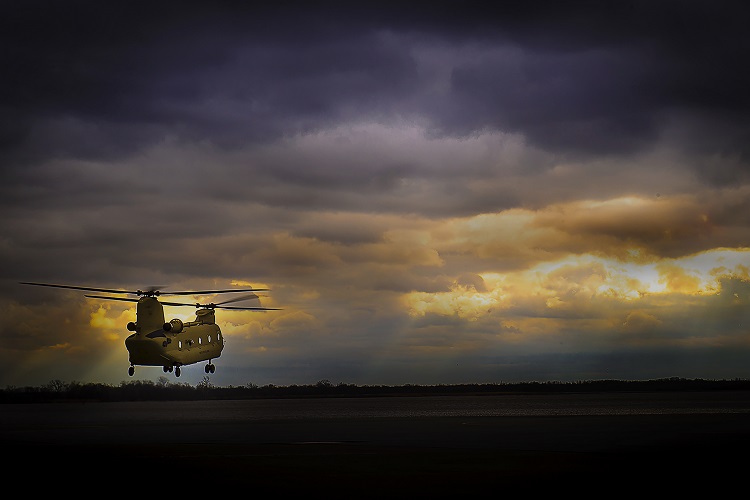CP and Hapag-Lloyd Renew Long-Term Agreement
Canadian Pacific Railway Limited (TSX: CP) (NYSE: CP) and Hapag-Lloyd AG (XETR: HLAG) (FWB : HLG) today announced an extension of their long-term agreement to the benefit of the international supply chain, the movement of…



